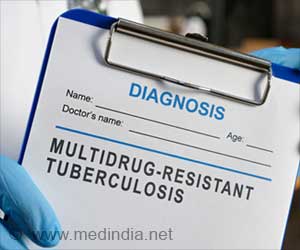American researchers say that the homemade asthma-relief device spacer, which is often used in developing countries is as effective as the the commercially manufactured devices.
American researchers say that the homemade asthma-relief device spacer, which is often used in developing countries to increase the chances that rescue medicine travels from an inhaler all the way down to the airways where it is needed, is apparently as effective as commercially manufactured devices.
Dr. Richard Wasserman, a Dallas-based asthma and allergy specialist and an American Academy of Allergy Asthma and Immunology (AAAAI) spokesman, says that this finding results from a review of six studies on over 600 children suffering from a serious bout of wheezing or asthma.Reading the review report, he said that a puff of aerosolised medicine could leave a metered-dose inhaler at nearly 60 miles an hour, and that it normally takes some coordinated timing to make sure that a good dose of the drug makes it past the tongue and turns the corner at the back of the throat to reach the windpipe.
According to the review report, appearing in the latest issue of The Cochrane Library, a spacer slows down the drug particles and can help patients synchronize their breathing better as they pump the inhaler.
"Spacers are somewhat forgiving of bad technique, which is important for children," said Dr. Richard Wasserman.
In limited-resource countries, commercially manufactured spacers are less available and are relatively costly. As a consequence, doctors often recommend a homemade version to their patients.
Wasserman said that the objective behind the review was to determine whether or not a homemade spacer was as effective as other treatment methods.
Advertisement
They, however, conceded that since the number of study participants was small, it would be early to conclude that homemade spacers and commercially made spacers worked equally well.
Advertisement
In 1987, the United States agreed to phase out production of chemicals that damage the Earth's ozone layer, and by 2009, all inhalers must be CFC-free, so medical device manufacturers are already making the change.
Most inhalers these days use hydrofluoroalkane (HFA) propellant, according to Wasserman.
"There are certain differences in the characteristics of the two inhalers - particle size, distribution, speed of the particles - which could affect the behavior of the spacing devices," he said.
He also said that the review did not deal with propellants at all.
"The biggest issue of uncertainty coming out of this Cochrane is the change of propellant in the inhalers," Wasserman said.
Source-ANI
SPH/M





